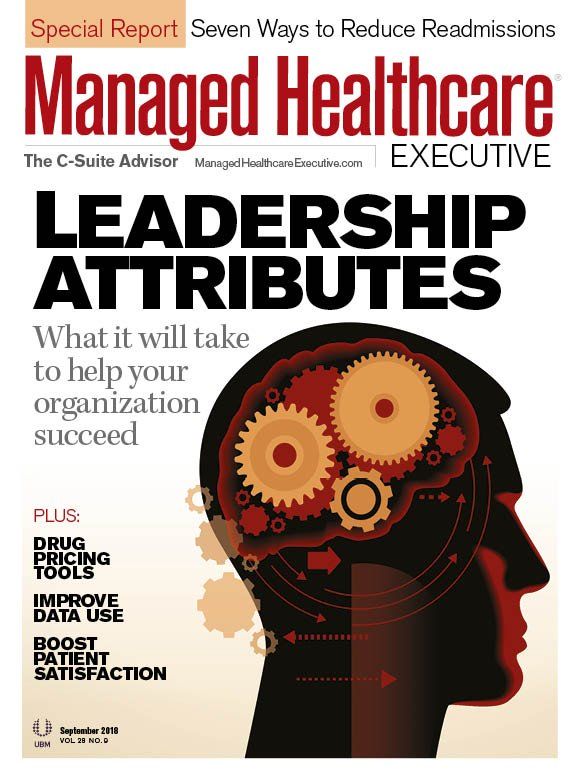Create a Successful Leadership Development Program at Your Health System
Eastern Maine Healthcare System’s program helps up-and-coming leaders gain the skills to best situate the healthcare organization for future success
In 2020, more people living in Maine will be age 65 and older than the number of residents living in the state who aren’t seniors, according to the Bangor Daily News. The newspaper reports that this demographic shift is occurring 15 years ahead of U.S. Census Bureau projections, and similar demographic changes are taking place across the country.
That’s one of the reasons Brewer, Maine-based Eastern Maine Healthcare System, an integrated delivery network that includes acute care, medical-surgical hospitals, a psychiatric hospital, and other services, launched its Professional and Organizational Program in the summer of 2017. The goal of the program is to support and nurture current and emerging leaders by giving them the tools and knowledge they’ll need to bring the health system into the future.
“We want to continue to provide opportunities to our employees to gain additional training and knowledge to help prepare them for talent mobility,” says Catharine MacLaren, PhD, LCSW, vice president of talent and diversity. “This program teaches and enhances knowledge and practical skills aligned with accomplishing system goals and strategies.”
While the program helps develop current employees, MacLaren says it also has served as recruitment tool during the hiring process.
How it works
The program lasts 11 months and includes two groups: one, a group of 50 leaders with direct reports; the other, a group of 50 employees without direct reports. For both groups, employees have to apply and secure recommendations from their direct supervisor and two peers. All application materials are de-identified and ranked based on criteria that include examples of when the applicant has taken charge of their own career, what they offer to the program, and the impact of their work on their department. MacLaren says that while the program isn’t solely for younger employees, many of the participants are millennials.
Once accepted into the program, participants are split into teams of six or seven (they include both clinical and nonclinical participants) and are assigned an initiative that relates to the organization’s annual goals. At the end of the 11 months, teams present their recommendations to the health system. Each team is also assigned two to three executive sponsors, who are senior leaders and who help coach the teams.
The program is also a partnership with Husson University in nearby Bangor, which provides participants with six credits towards a master’s degree. The program includes 10 day-long, in-person meetings, assignments, and discussions. The in-person meetings feature experts on healthcare, leadership, and business within the health system and Husson University faculty.
Monthly topics covered during the in-person all-day sessions include critical thinking, employee engagement, and emotional intelligence skills, says MacLaren, noting that research links these skills to strong leadership.
Aine Cryts is a writer based in Boston.

Extending the Capabilities of the EHR Through Automation
August 2nd 2023Welcome back to another episode of "Tuning In to the C-Suite," where Briana Contreras, an editor of Managed Healthcare Executive, had the pleasure of chatting with Cindy Gaines, chief clinical transformation officer at Lumeon.
Listen
Automate Your Practice's Workflows with These 5 Tools
October 4th 2023To maintain patient satisfaction and regulatory compliance and reduce potential clerical errors while maintaining high productivity, you can ease your staff’s burdens by automating your practice’s workflows and empower your staff to do more in less time.
Read More